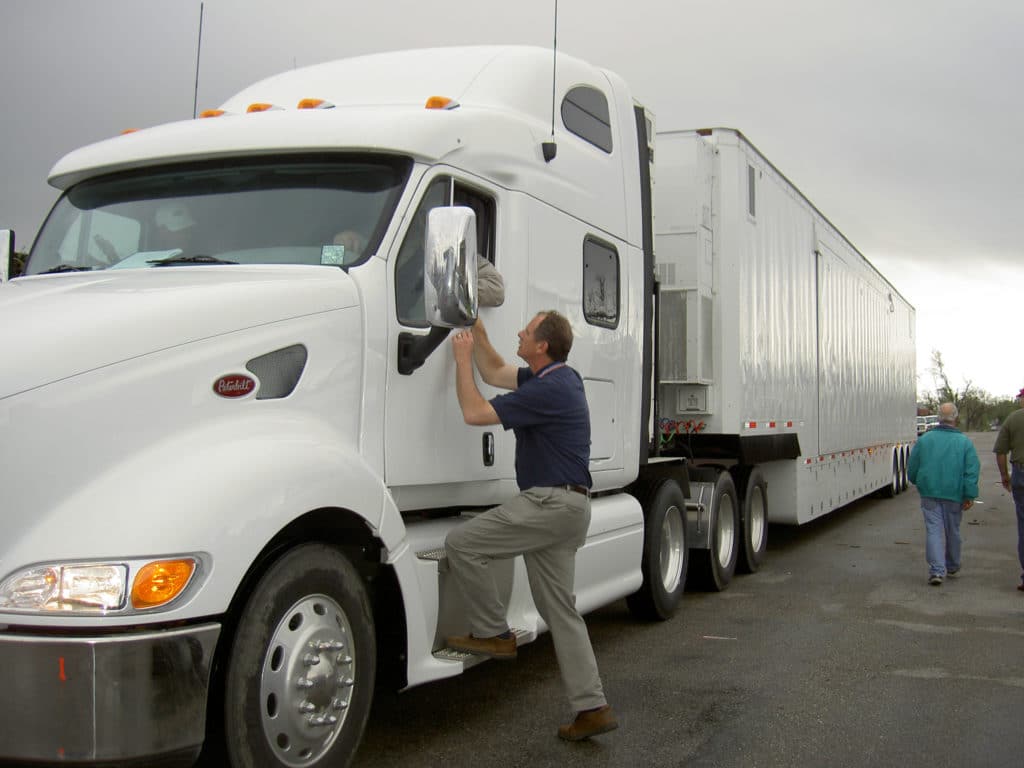
What You Need to Know about Commercial Drivers’ Hours of Service?
Following the government’s hours of service (HOS) regulations is a must for every commercial driver in North America. Specific rules will vary in Canada and in the US; however, these rules must be followed in the respective country regardless of the carrier’s or driver’s origin.
These rules govern how much drivers can work and how much rest is required to conduct driver duties safely. HOS rules are not difficult to follow but they must be followed!
What is HOS (Hours of Service)?
Commercial drivers are regulated by law to follow standards related to driving, working and sleeping while on duty. These regulations also cover activities related to off-duty hours as well.
The terms driving, on-duty, off-duty, & sleeping refer to regulations that describe the driver’s daily activities. The term on-duty is defined as the time that is directly spent performing work-related activities, other than driving activities. Non-driving tasks can include loading and unloading cargo, pre-trip inspections or waiting for a cargo load.

The term off-duty is the time that is spent on activities not related to the work. Off-duty pertains to any activities that are performed when relieved of all duties and responsibilities for the vehicle and cargo or passengers. The term driving is when a commercial driver is physically rolling a vehicle on the road.
HOS regulations require drivers to complete and sign daily activities in a logbook and also complete a trip inspection report. The logbook contains daily activities including date, driving hours, total km/miles driven, sleep hours, on-duty and off-duty hours, the truck/trailer/tractor number, carrier’s name, and if applicable, co-drivers name.
A logbook is not required for city drivers rolling within a 160km radius of their home terminal each day followed by 8 hours of off-duty. In this case, a daily trip inspection is always required.
Canadian Hours of Service (HOS) Regulations can be found here.
Why is this Regulation so Important?
Safety should be the number one priority when driving a vehicle for everyone. This is especially important for people driving a large commercial vehicle because a small error can not only harm the driver but can cause devastating effects to many people impacted by an accident.

In order for commercial drivers and those around them to stay safe on the road, they should obey the Hours of Service rules and regulations.
What Happens if a Commercial Driver does not Meet these Standards?
Commercial drivers that do not comply with motor vehicle transport regulations, including the hours of service rules, can face very steep penalties. This can include:
- large monetary fines against the driver and/or carrier,
- Ministry of Transportation driver and/or carrier audits,
- a downgrade in the safety rating for the carrier, or
- the truck can be declared out-of-service
There have been some disastrous and traumatic accidents that have caused many deaths and affected entire communities because a driver did not comply with hours of service requirements. Accidents are preventable. Follow the regulations and you can prevent accidents from occurring.






